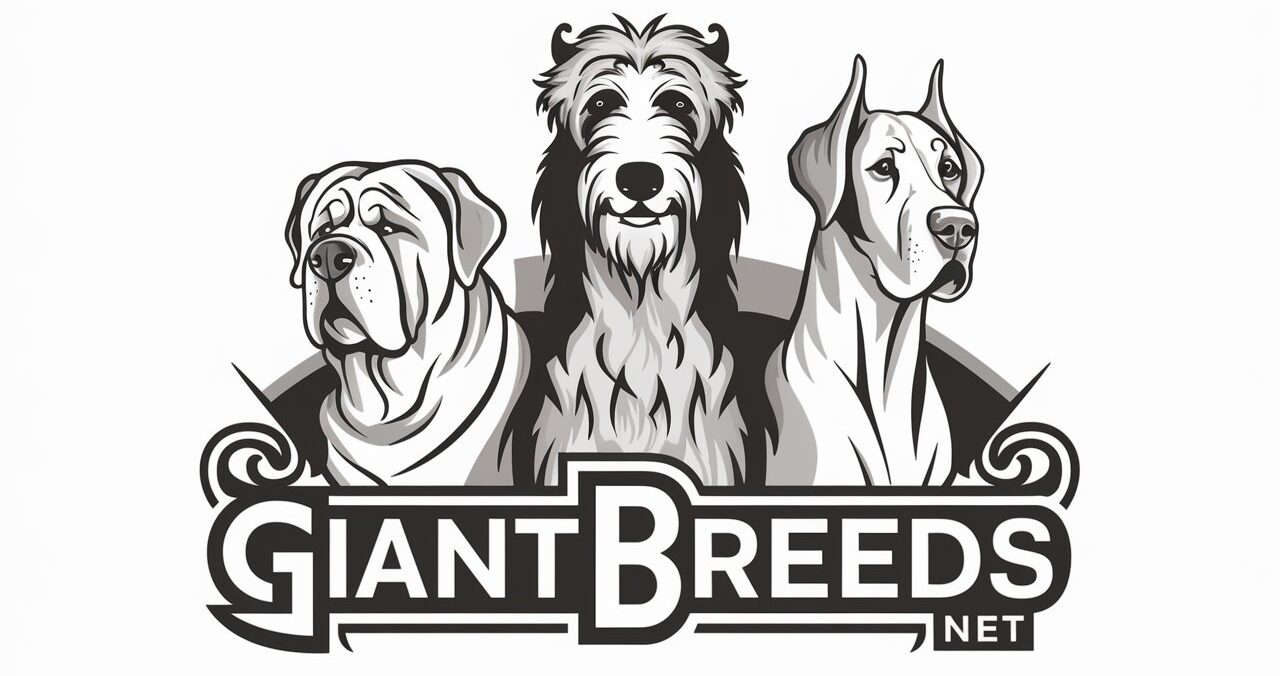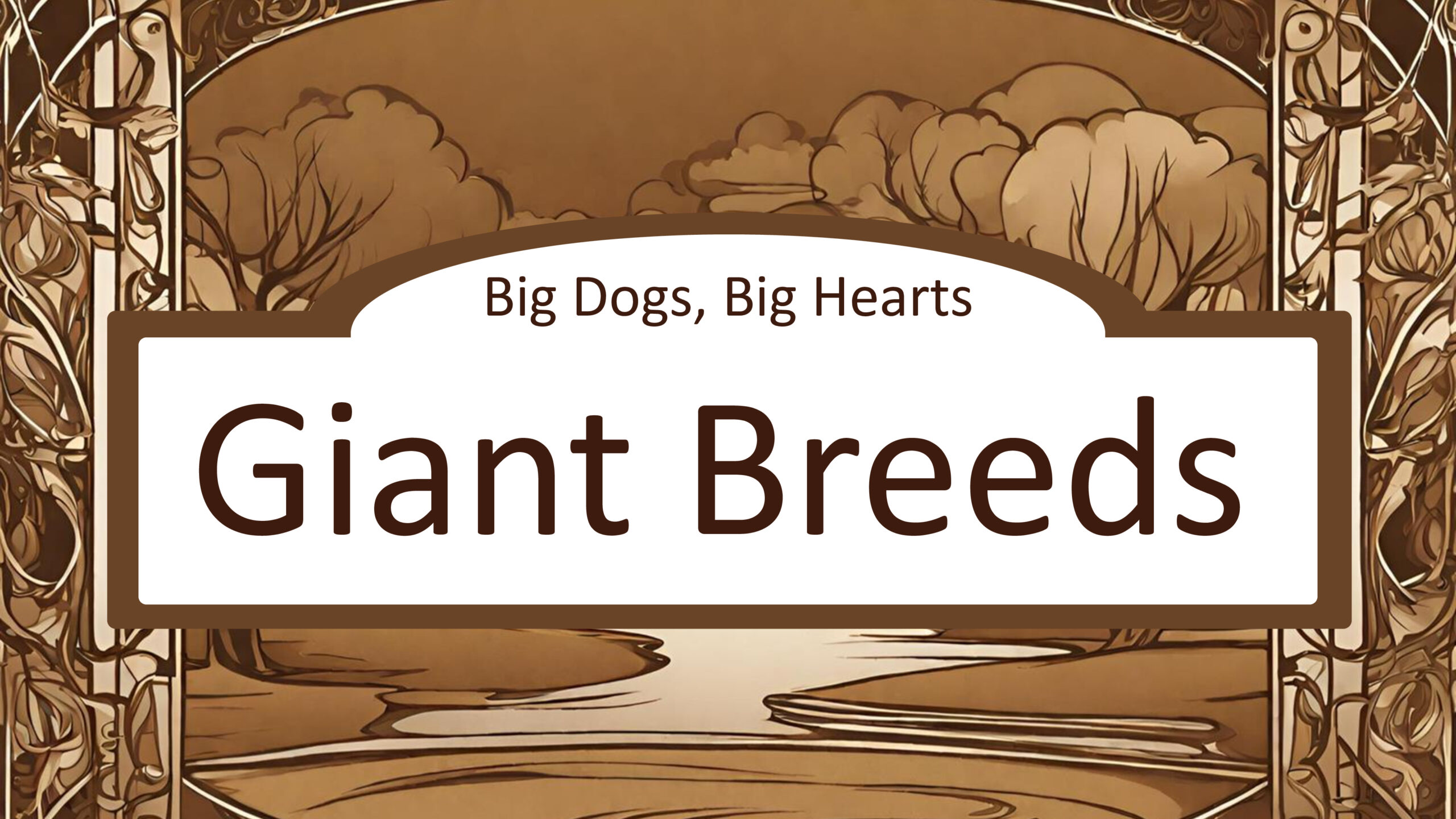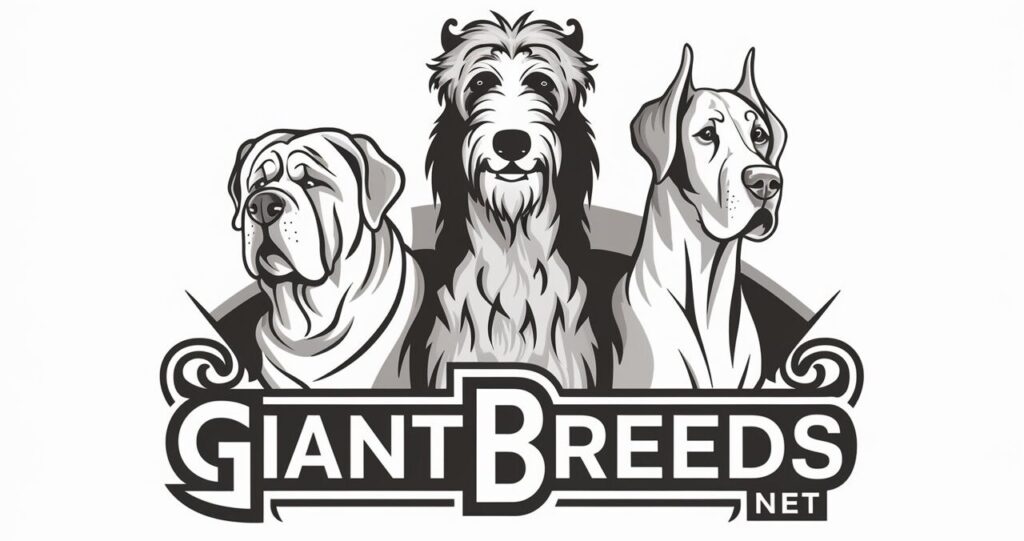
GiantBreeds.net – Your Ultimate Guide to Giant Dog Breeds
Welcome to GiantBreeds.net, your trusted resource for everything giant dog breeds. Whether you’re captivated by the towering Great Dane, the noble English Mastiff, or the gentle Saint Bernard, our site is here to help you understand and care for these majestic giants.
Dive into our detailed breed-specific pages, where you’ll find expert advice on health issues, behavior traits, and common challenges. We’re committed to helping you provide the best care for your gentle giant, offering product recommendations and tips tailored to their unique needs.
Explore our in-depth articles and guides to ensure your furry friend thrives, from puppyhood to their golden years.
Explore Our Giant Dog Breed Guide: Site Overview
Breeds
In the Breeds section, you’ll find comprehensive overviews of each giant dog breed. From the towering Great Dane to the formidable English Mastiff, we cover the unique traits, history, and characteristics that make these breeds special. Whether you’re curious about their size, temperament, or suitability for your family, our detailed profiles offer everything you need to know. This page is your starting point for understanding what makes each giant breed distinct and how to care for them effectively.
The Health section is your go-to resource for understanding the common ailments that affect giant breed dogs. We delve into the symptoms owners should watch for, the implications for your dog’s well-being, and what preventive measures can be taken. From hip dysplasia to bloat, our articles provide both medical steps and natural treatments to help you manage and mitigate these conditions. This section empowers you with the knowledge to keep your giant breed dog healthy and thriving.
Behavior explores the fascinating world of how giant breeds interact with their environment and their owners. We examine how your behavior influences your dog’s actions and dive into breed-specific traits like pack versus territorial instincts. Issues such as separation anxiety, food aggression, and socialization are also covered, offering insights and strategies to address these challenges. Understanding your dog’s behavior is key to a harmonious relationship, and this section provides the guidance you need.
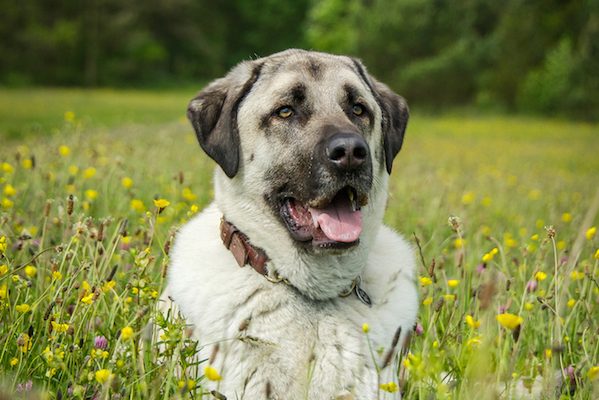
The Anatolian Shepherd Dog, hailing from the ancient Anatolian region of Turkey, is a rugged and imposing breed. Originally developed by sheep and goat herders, these protectors of livestock will fight off wolves and bears

“The Berner“, hails from Switzerland and the Swiss Alps. These gentle giants are instantly recognizable by their striking tricolor coat—jet black, clear white, and rust.
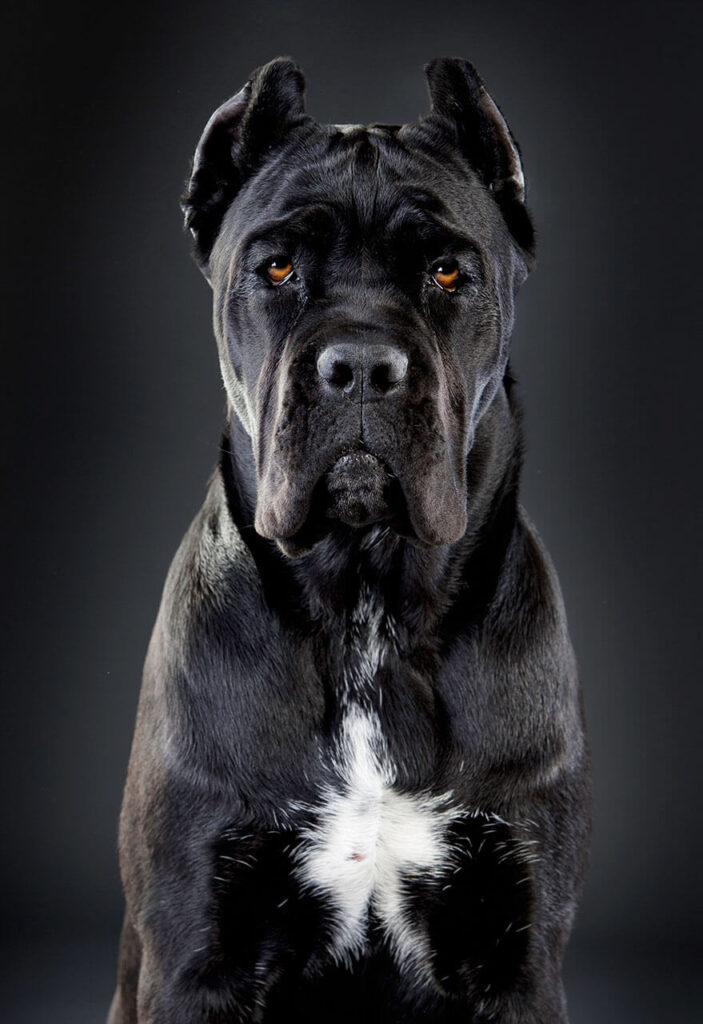
The Cane Corso breed has long stood as vigilant guardians. Initially bred as a protection these dogs are amazing at hunting large game and herding cattle. “Cane Corso,” derived from Latin, aptly means “bodyguard dog,” reflecting their enduring role as steadfast defenders through the ages.
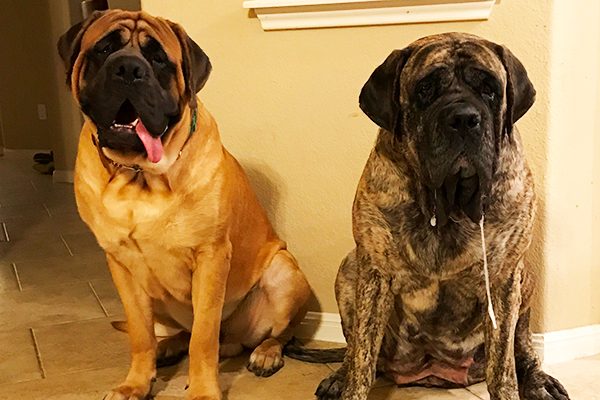
AKA as the Old English Mastiff, is an ancient British dog breed with imposing size. Its lineage likely traces back to the ancient Alaunt and Pugnaces Britanniae, making it a formidable and dignified companion

These impressive dogs boast a massive head—the largest in the dog kingdom—and a muscular, stocky build. Despite that frumpy face, they are gentle, quiet, and make excellent loving family companions.

These magnificent dogs descend from hunting dogs of the Middle Ages, originally used to hunt bears, wild boar, and deer. Not so much anymore.

Bred for a range of purposes, this dog skillfully pulled heavy carts as a draft dog, efficiently managed dairy cattle as a herding dog, and actively contributed to daily life on Swiss farms as a watchdog and family companion
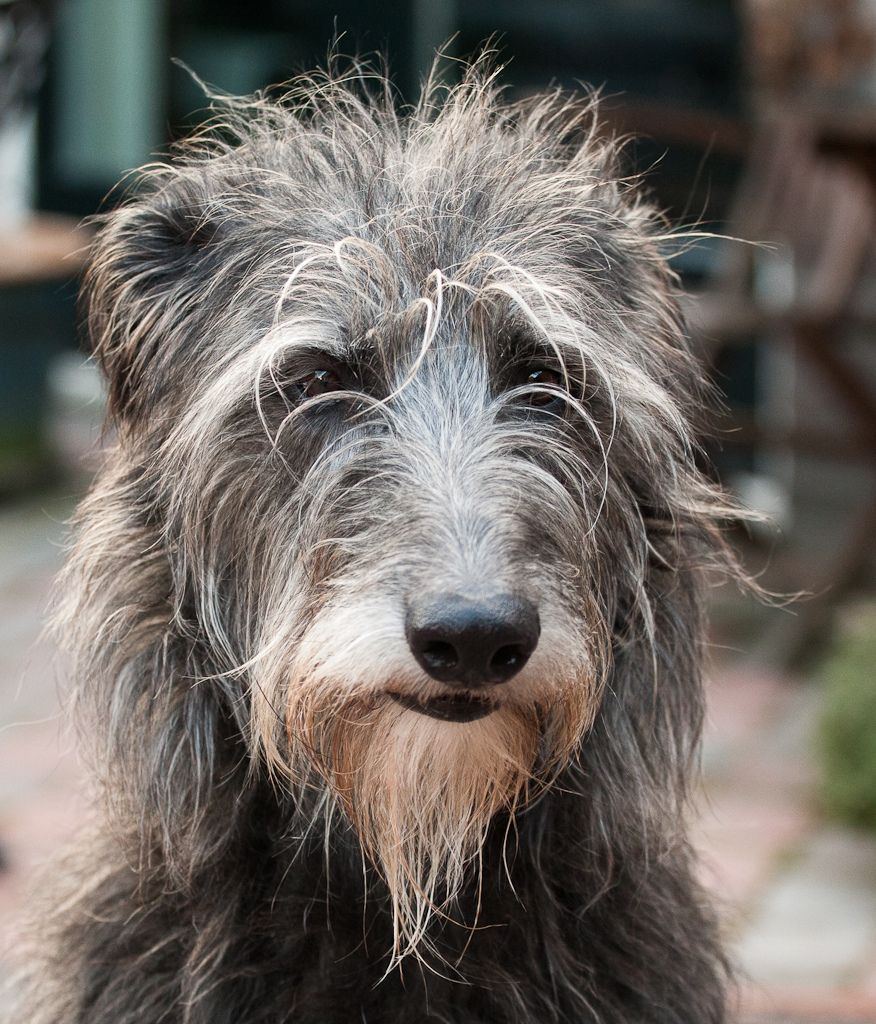
The Irish Wolfhound, a breed with ancient roots, stands as a testament to Ireland’s storied past. Today, the Irish Wolfhound continues to captivate with its regal presence, embodying the spirit of Ireland’s rich heritage and the monks’ enduring legacy.

The Leonberger transcends mere canine status; it symbolizes familial devotion, farm security, and unwavering work ethic. Today, the Leonberger’s legacy endures, blending gentle companionship with diligent service, all wrapped in a majestic, leonine appearance.

The Neapolitan Mastiff, once a stalwart of Roman forces, fearlessly fulfilled roles as war dogs on the battlefield, participants in blood sports, and guardians of homes.
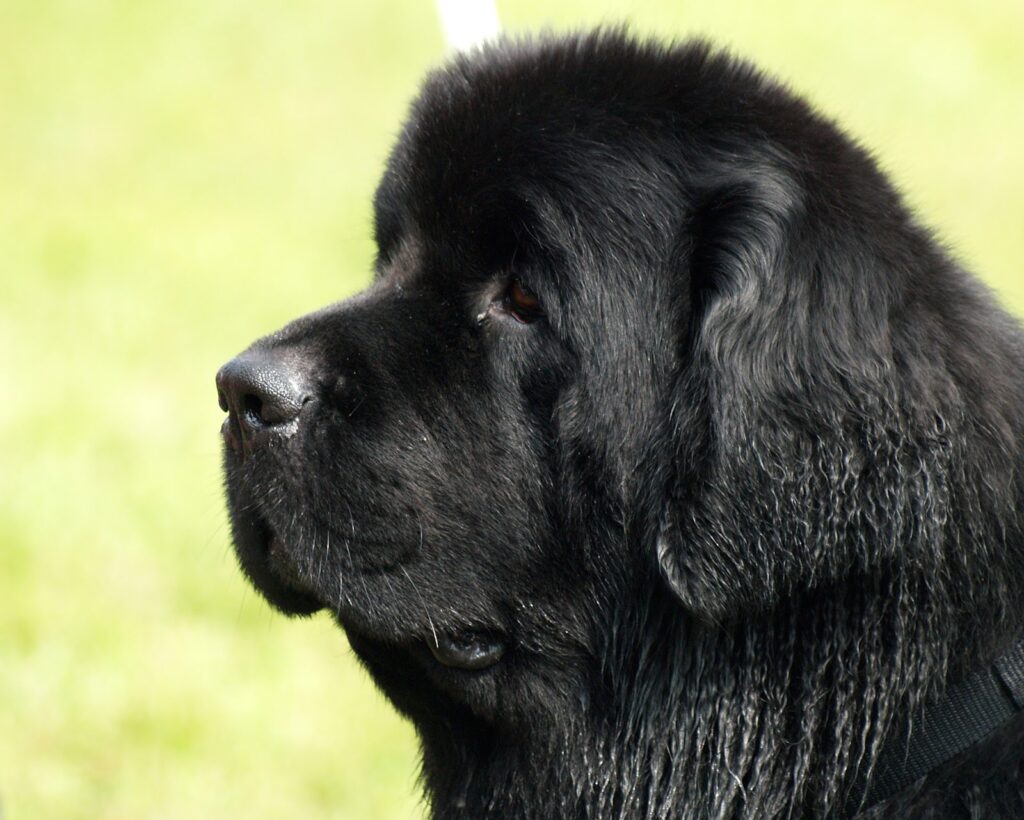
These working companions and natural swimmers have an instinctive drive to protect waterfronts and rescue people in distress, particularly those in water. Heroic tales abound of these powerful dogs braving icy seas to save stranded boaters and fishermen.

Also known as the Patou in France, originates from the eastern side of the Pyrenees Mountains, which separate France and Spain. It is a French breed of livestock guardian dog. In the seventeenth century, these majestic dogs gained favor at the court of King Louis XIV, earning the title of the Royal Dog of France.
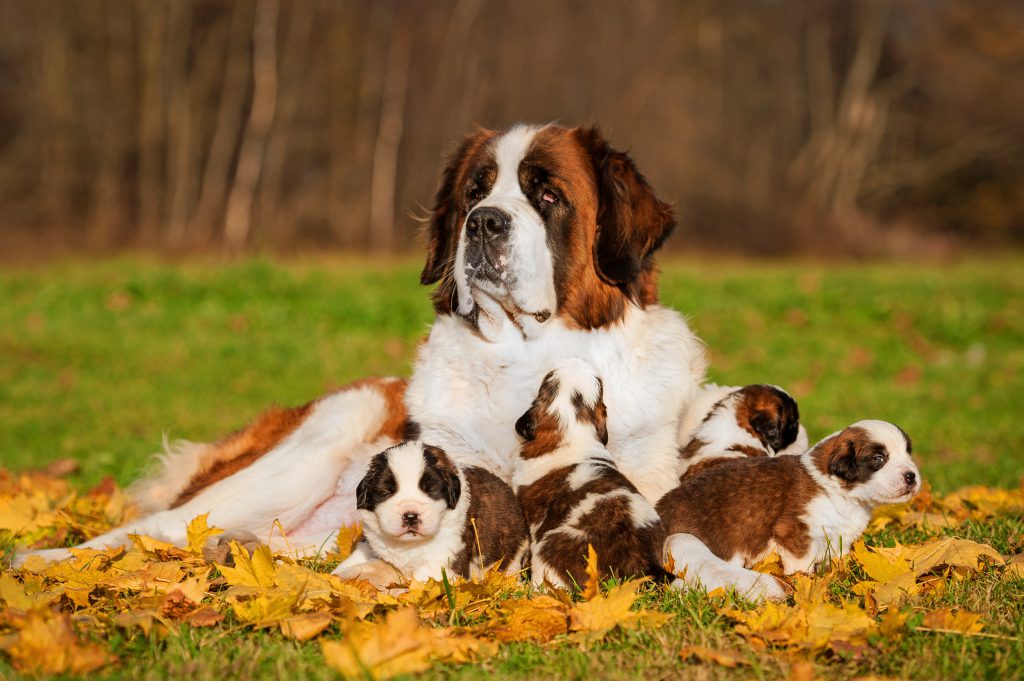
Named after St. Bernard of Menthon, who founded the Hospice at the pass between Italy and Switzerland. Initially used to guard the monks and visitors of the hospice.
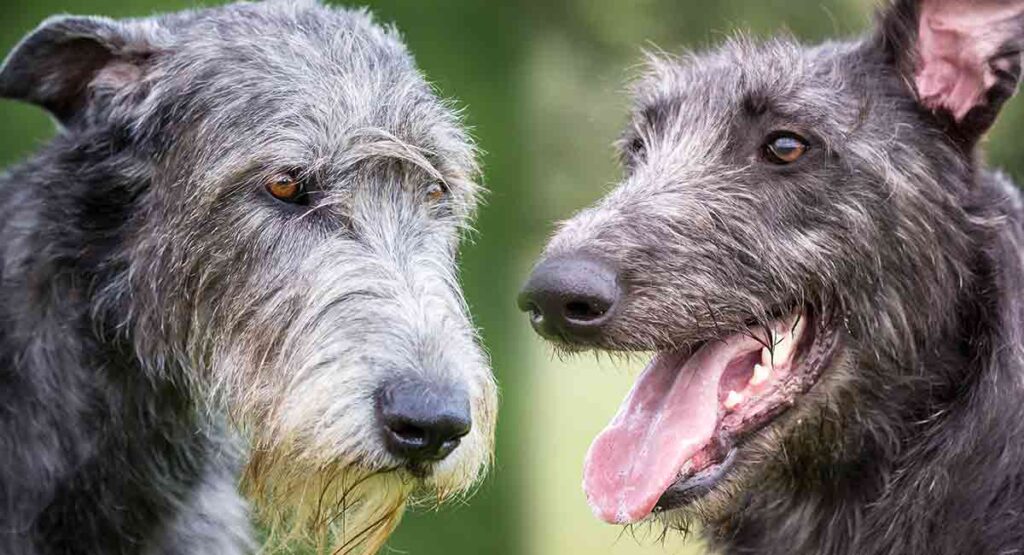
Resembling the Greyhound, it stands tall, with mills reaching up to 32 inches at the shoulders and weighing around 110 lbs. These gentle giants are loving, loyal, dignified, and have a crisp rough coat. Originally bred to stalk and hunt the giant wild red deer.

Embracing their heritage as guardians of the flock, Tibetan Mastiffs stand as formidable protectors against wild predators like wolves. These gentle giants, with their dense coats, exude a serene presence at home, displaying deep devotion to their families. Yet, they maintain a reserved and territorial demeanor towards strangers, embodying their ancestral role as vigilant sentinels.
The “Illegal” Giant Breeds of Dogs in the U.S.
We champion the belief that with proper treatment and training, every dog can become a treasured family member. Acknowledging the pivotal role of nurturing and education in shaping a dog’s behavior, we empower owners with the tools and knowledge to foster a safe and loving environment for all breeds. Before considering any breed as a pet, it’s crucial to understand their natural attributes.
Dispelling Myths: Are They Really Dangerous?
Pitbulls, Dobermans, Rottweilers, and other giant breeds often fall victim to unfair portrayals as ‘dangerous’ dogs across the internet and media. Originally bred for nobility, these powerful canines actively guarded and deterred predators, excelling in their protective roles within their native regions. Our mission is to challenge these misconceptions and shine a light on the true nature of these misunderstood breeds, celebrating their strength, loyalty, and the safety they provide
However, it’s essential to recognize that their inherent strength and size do not automatically make them dangerous. A dog’s environment and upbringing play pivotal roles in molding its behavior. If a dog experiences only harshness and pain, it will respond accordingly. Conversely, if a dog grows up surrounded by love and friendship in a hospitable environment, it will exhibit positive behavior. This dynamic exemplifies the classic nature versus nurture debate
Explore the Profiles of Eleven ‘Illegal’ Giant Breed Dogs in the U.S.: A Legal Ownership Guide”
“Dive into the world of eleven giant breed dogs that have faced the label of ‘illegal’ in the U.S. On their dedicated pages, we unravel the complexities of legal ownership, offering a comprehensive guide to understanding and navigating the regulations surrounding these majestic canines. From state-specific legislation to the latest CDC rules on dog importation1, we provide the insights you need to ensure responsible and lawful companionship with these impressive breeds
. 🐾

The Alabai, also known as the Central Asian Shepherd Dogstands out with a rich heritage and a unique set of characteristics. Hailing from the expansive Central Asian terrain, this breed commands attention with its formidable strength, staunch independence, and innate protective instincts. Traditionally, these dogs have taken on the role of fearless guardians, defending livestock and property with unmatched courage and unwavering loyalty.

The Aksaray Malaklisi, also celebrated as the Turkish Mastiff or Anatolian Lion, reigns from central Anatolia’s Aksaray Province with a legacy of power and protection. Esteemed for its formidable strength, valiant bravery, and instinctive guardianship, this breed has long been the trusted defender against predators and thieves. Boasting a robust lifespan of up to 15 years, the Aksaray Malaklisi may be a rare gem among kennel clubs, yet it shines in loyalty and work ethic, making it a prized ally in any pastoral setting.
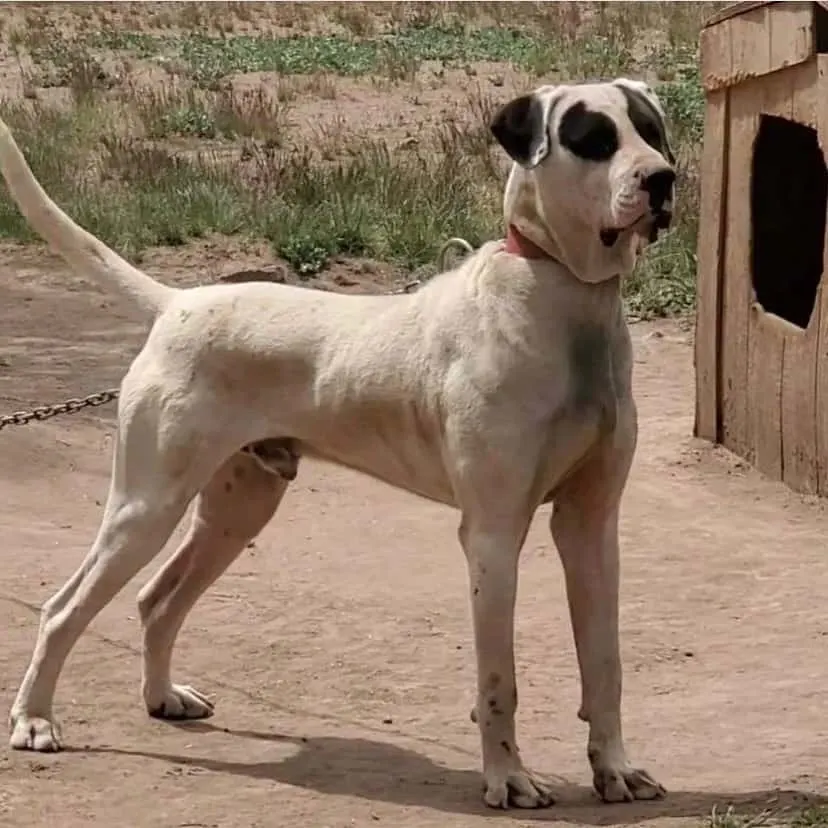
The Bully Kutta, originating from South Asia, is known for its strength and vigilance since the 16th century. These muscular dogs excel in hunting and protection, with short coats often in white and a robust, blocky build. Standing 28 to 44 inches tall and weighing up to 170 pounds, they require firm training and experienced owners. With a lifespan of 8 to 10 years, they are devoted protectors of their families.🐾

The Kangal commands respect as Turkey’s majestic breed, celebrated for its protective instincts and gentle temperament. Hailing from Sivas Province’s rugged landscapes, the large and muscular Kangal stands out with its distinctive, black-masked fawn coat and gracefully curled tail. Despite their calm demeanor, Kangals are ever-watchful guardians, historically entrusted with the defense of livestock against predators. Their presence combines a serene confidence with an unwavering sense of duty, making them the epitome of a guardian breed.
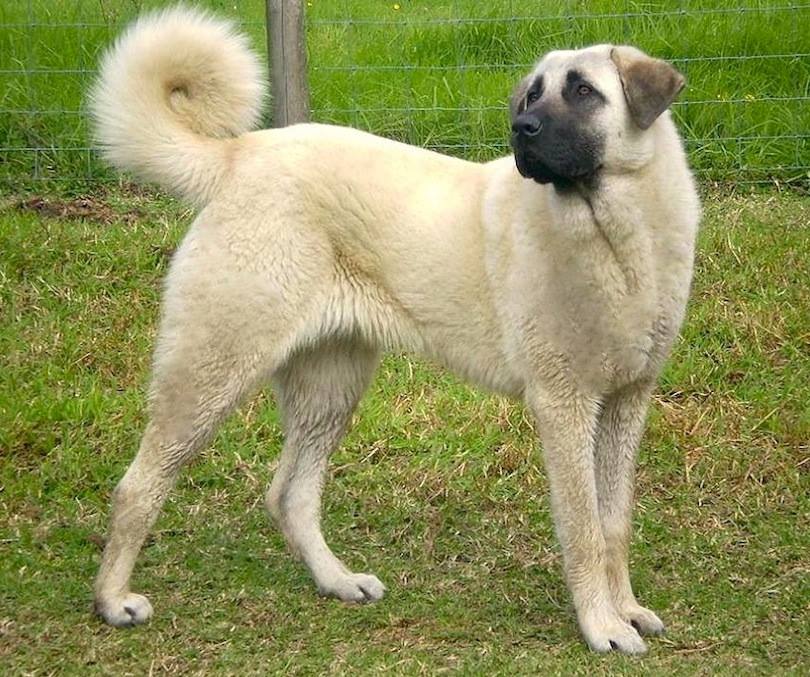
The Volkodav, or Central Asian Shepherd, this breed stands as a paragon of robust power, traditionally safeguarding livestock with vigilance. Its impressive stature, marked by significant strength and a versatile coat ranging from short to moderately long with a dense undercoat, commands respect. The Volkodav’s protective nature is legendary, combining independence, bravery, and a responsible demeanor. Often likened to a cat in a dog’s clothing, it exudes a unique blend of agility and steadfastness.
Legal Considerations for Owning Powerful Giant Breeds
Owning certain giant dog breeds like the Toso, Caucasian Ovcharka (or Caucasian Shepherd), Dogo Argentino, Fila Brasileiro, Perro de Presa Canario, and Anatolian Shepherd comes with significant legal responsibilities. While these breeds are not outright illegal in the U.S., they are often subject to strict regulations and may face breed-specific legislation due to their size, strength, and temperament. Potential owners must thoroughly research local laws and regulations before bringing one of these dogs into their home. It’s crucial to be aware of the specific legal requirements, which may include mandatory liability insurance, special containment measures, or training certifications. Ensuring compliance with these laws is not only a legal obligation but also a step towards responsible pet ownership and community safety.
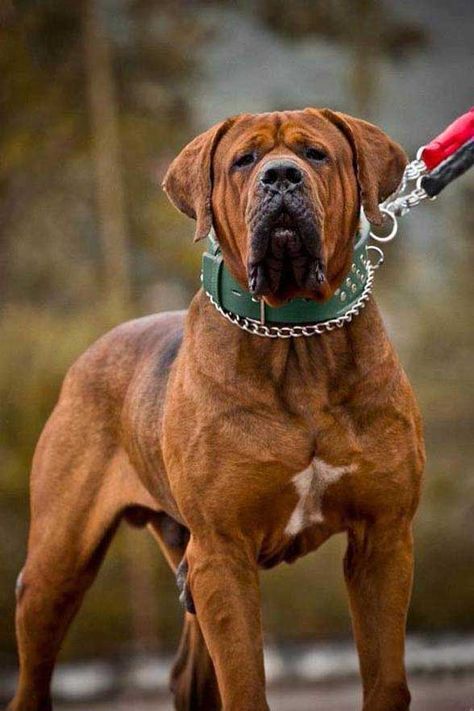
The Tosa Inu, also known as the Japanese Mastiff, is a giant dog breed originating from Japan. This breed was initially developed for dog fighting by crossing native Japanese dogs with Western breeds like the Mastiff, Bulldog, and German Pointer. Tosas are known for their imposing size, weighing between 100 to 200 pounds, and their calm yet vigilant temperament. They are affectionate and loyal to their families but can be aloof with strangers and aggressive towards other dogs. Due to their history and powerful build, Tosas require experienced owners who can provide proper training and socialization. Despite their formidable appearance, they are gentle giants when well-trained and socialized.
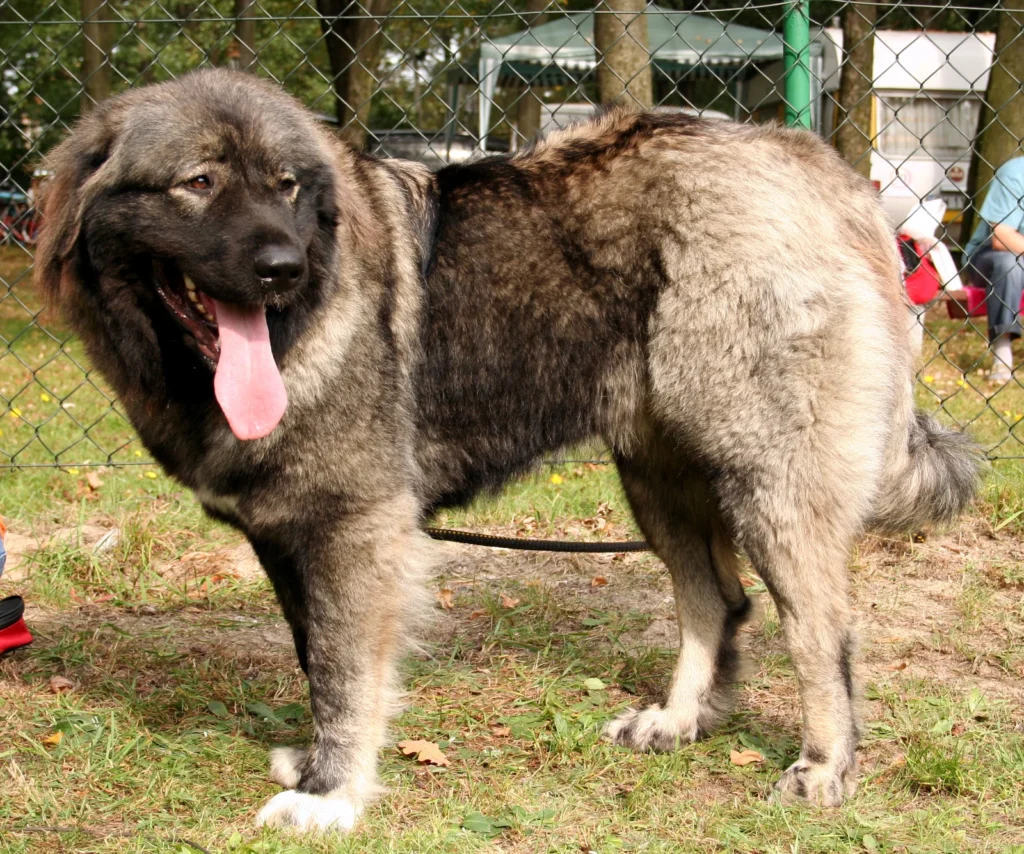
The Caucasian Ovcharka, also known as the Caucasian Shepherd Dog, is a large and powerful breed originating from the Caucasus region. Bred to protect livestock from predators like wolves and bears, these dogs are known for their strength, loyalty, and fearlessness12. They have a thick double coat that can be short or long, and they require regular grooming2. While they are affectionate and protective towards their families, they can be wary of strangers and need proper training and socialization from an early age.
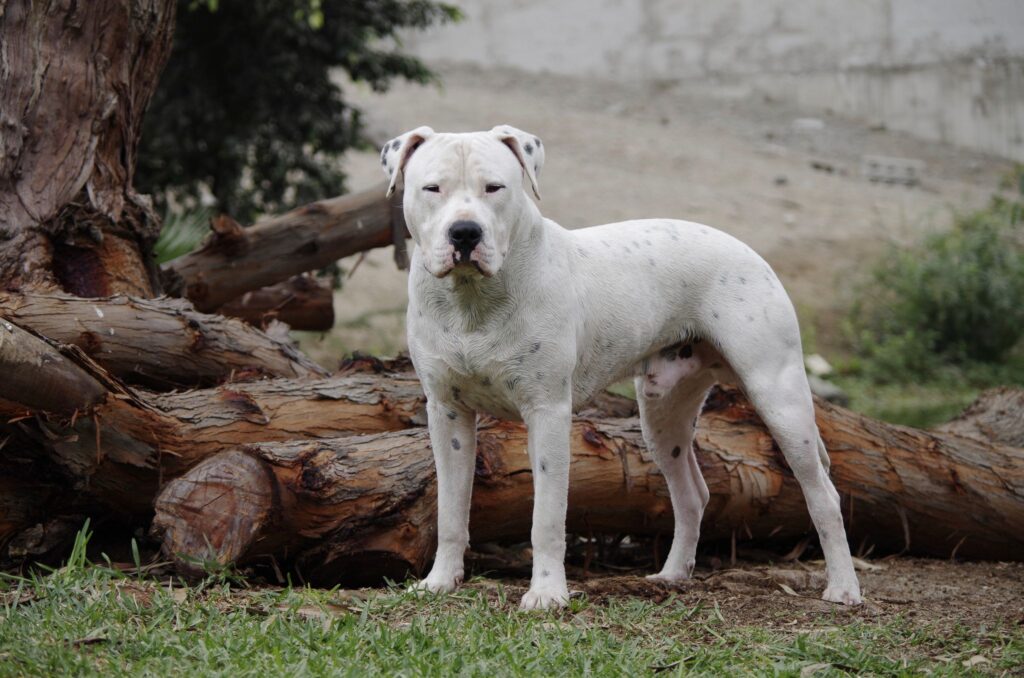
The Dogo Argentino is a powerful and athletic breed originally developed in Argentina for big-game hunting. Known for its striking white coat and muscular build, this breed is both courageous and loyal, making it a devoted companion. Despite its strong hunting instincts, the Dogo Argentino is also affectionate and protective of its family. However, due to its size, strength, and potential for aggression, this breed requires an experienced owner who can provide consistent training and socialization. In some regions, owning a Dogo Argentino may come with legal restrictions, so it’s important to be aware of local laws.
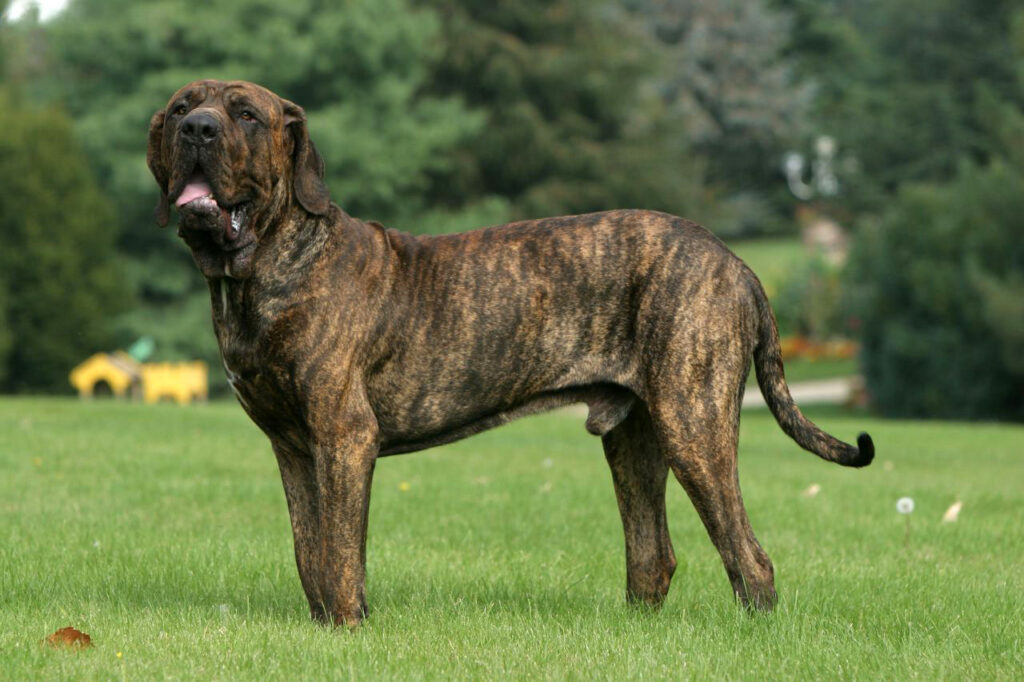
The Fila Brasileiro, also known as the Brazilian Mastiff, is a large and powerful breed renowned for its loyalty and protective nature. Originally bred in Brazil for hunting and guarding, the Fila is deeply devoted to its family but can be wary of strangers. This breed’s natural instinct to protect its home and loved ones makes it an excellent guardian, though it requires firm training and socialization from an experienced owner. Due to its strong guarding instincts, the Fila Brasileiro may be subject to ownership restrictions in certain areas, so it’s important to be informed about local regulations before bringing one into your home.

The Perro de Presa Canario, also known as the Canary Mastiff, is a powerful and muscular breed with a strong guarding instinct. Originating from the Canary Islands, this breed was historically used for herding cattle and as a guard dog. The Presa Canario is confident, courageous, and highly protective of its family, making it an excellent watchdog. However, due to its dominant nature and strength, it requires a firm, experienced owner who can provide consistent training and early socialization. Potential owners should also be aware that this breed is subject to legal restrictions in some areas, emphasizing the importance of understanding local regulations before ownership.

The Anatolian Shepherd is a large and rugged breed originally from Turkey, where it has been used for centuries as a livestock guardian. Known for its independence, intelligence, and strong protective instincts, the Anatolian Shepherd is highly effective at safeguarding flocks and property. This breed is loyal and dedicated to its family but can be wary of strangers, making early socialization and consistent training crucial. Due to its size, strength, and natural guarding tendencies, the Anatolian Shepherd is best suited for experienced owners who understand its unique needs. Potential owners should also be aware of any legal considerations or breed-specific regulations in their area.
CYL, Cover Yourself Legally
Seriously, talk to a lawyer before becoming the owner of any powerful breed of dog. Cover yourself legally. Be aware of legal requirements, certifications and legal obligations. The might be your fur baby and never have shown any “aggression” or posed any danger to you or your family but to someone who had never been around them or know how to behave around them they are terrifying. And even if your dog gets off the leash and just goes to sniff a bush to see who pee’ed there you know someone will panic and scream that the dog is vicious and demand legal action or worst euthanasian.

